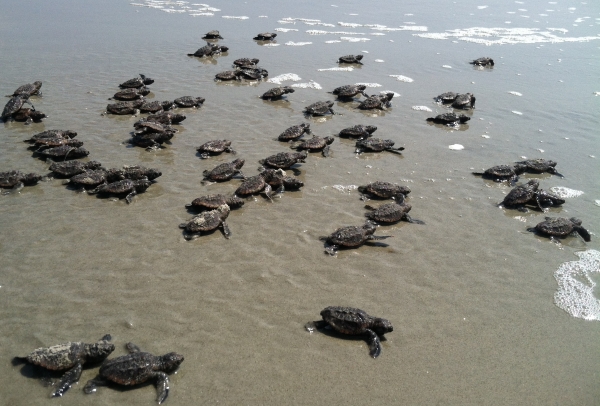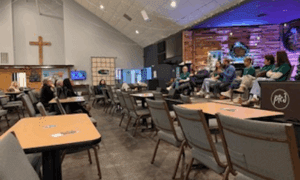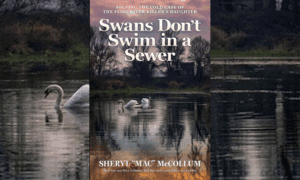As of Tuesday, the hard-shell giants with log-sized heads had laid more than 2,810 nests on the state’s barrier island beaches this nesting season, according to the Georgia Department of Natural Resources. A key recovery goal for loggerheads, listed as threatened under the Endangered Species Act, is 2,800 nests annually in Georgia.
And while sea turtle nesting winds down in mid-July, it’s far from over.
DNR Sea Turtle Program Coordinator Mark Dodd expects 3,000-plus nests, about a third more than last year’s 2,335 nests, the previous high since comprehensive surveys began on Georgia beaches in 1989.
“When you think about the fact that for many years we averaged about 1,000 nests and this year we may be beyond 3,000 … it suggests an exponential increase,” said Dodd, a senior wildlife biologist with DNR’s Nongame Conservation Section.
Loggerheads are Georgia’s main nesting sea turtle. Weighing as much as 400 pounds, females crawl onto beaches from late spring into August to lay eggs in nests dug on the dry-sand beach. Hatchlings begin emerging in July, scrambling for the surf to begin their lives at sea.
Sea turtles face threats varying from habitat loss to nest predation, boat strikes and incidental catch in commercial fishing. All have reduced loggerhead numbers, leading to legal protections and large-scale conservation efforts – protections and efforts that apparently are paying off.
While loggerhead nesting can vary widely year to year, statistical analysis shows an annual increase of about 3 percent in Georgia, not counting 2016. Nesting in Florida and the Carolinas is also trending upward. One of the recovery goals set in a National Oceanic and Atmospheric Administration Fisheries plan for the unit including Georgia and the Carolinas is a 2-percent annual nesting increase for 50 years. That equates to 2,800 nests a year in Georgia, a mark the state had been on track to hit in about 2020.
Dodd cautioned, however, that the recovery of loggerheads “still has a long way to go.” He stressed the need for continued conservation, and emphasized the partnerships – from grassroots groups to government agencies – forged to monitor nesting, restore habitats and protect sea turtles.
He also said the health of these iconic turtles affects coastal environments and economies. That impact is heightened in a state where more than 2 million residents take part in wildlife-watching activities.
“Our goal is to recover loggerheads in the state and make sure the population is stable,” Dodd said. At 2,800 nests and counting, “we’re reaching one of the milestones set to achieve that.”
DNR’s Nongame Conservation Section works to conserve sea turtles and other rare wildlife not legally fished for or hunted, as well as rare plants and natural habitats. The agency does this largely through public support from fundraisers, grants and contributions.
A key fundraiser is the sale and renewals of eagle and hummingbird license plates. DNR wildlife plates cost only $25 more than a standard plate to buy or renew, and up to $20 of that fee goes to help restore species such as loggerhead sea turtles. Details at www.georgiawildlife.com/conservation/support.













Leave a Comment
You must be logged in to post a comment.